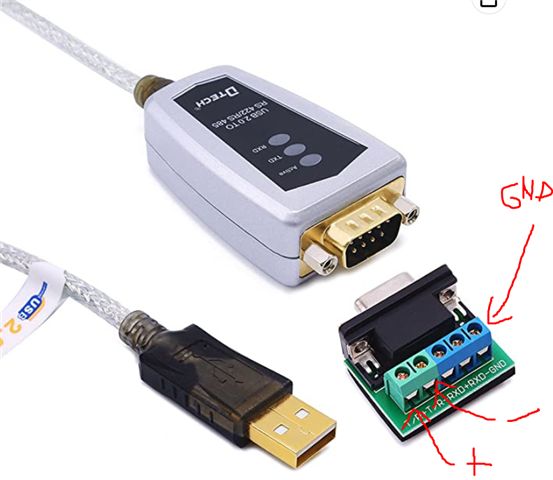Hi,
I'm working with the MSP430F5529LP and trying to run the UART demo program. I have an RS485 module connected to the TI LaunchPad via the mikroBUS. When running the demo I see the UCA0RXBUF register receiving the correct ascii character over the RS485 cable sent via TeraTerm from my laptop. However, I don't see an echo in TeraTerm. Can you please help me find the problem? Perhaps the problem is with the jumper settings I have, I'm using what was configured on the LaunchPad by default (RX, TX, 5V, 3.3V, GND, SBWDIO, SBWTCK shorted), but the demo doesn't suggest how to configure these. I've also shown the settings I'm using in TeraTerm below.
Note: The RS485 Click module uses a pin to switch it between tx/rx mode. This pin is located on Port 2.1 (This is PWM1 of the mikroBUS connector).
Note: I'm also a newbie when it comes to TI Microcontrollers.













